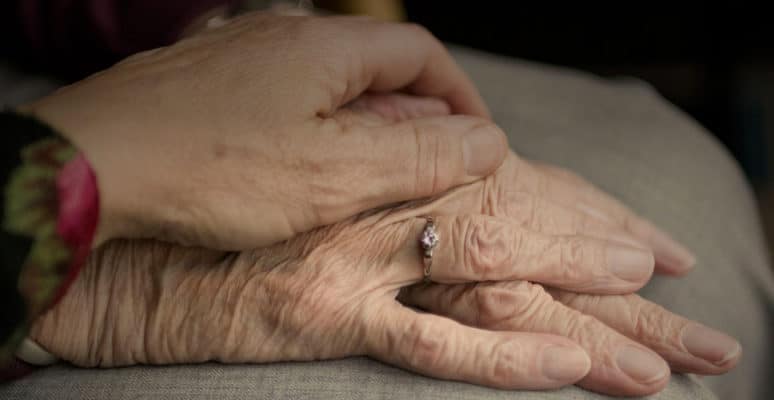
Acne
What is acne?
Acne is an inflammatory skin disease caused by a bacterial infection that affects the sebaceous glands that are associated with hair follicles.
Acne commonly occurs in adolescents in both sexes, usually related to hormonal changes at puberty. Diet, stress and some medications (especially contraceptive compounds) can also be influencing factors.
Although common acne is an inflammatory disease, in most cases it is not necessary to treat it, as it improves in response to changes in lifestyle or the natural balancing of hormones. However, in some cases it becomes an acute, annoying and even painful condition that must be treated to alleviate symptoms and avoid the formation of longer term scar tissue.
Expert Advice
Our professional mycotherapy specialist advisors can provide tailored advice and mycotherapy protocols using Hifas da Terra organic mushroom products.
Which mushrooms have useful properties for acne?
The severity of acne and its progression are related to hormonal interactions, the production of sebum, the effect of certain bacteria, etc. For this reason, the proposed fungi have anti-inflammatory, bactericidal and immunomodulatory action.

Shiitake
Bactericidal, hepatic protector and hormonal regulator
The Shiitake compounds make it a natural resource with antibacterial, alkalizing qualities and regulates hormonal levels.

Reishi
Hormonal regulator with anti-inflammatory and bactericidal properties
In this case, Reishi acts through its anti-inflammatory properties and its immunomodulatory quality (bactericidal properties) fighting some bacterias that favour acne.
Also, Reishi contributes to regulate the androgens transformation, hormones that interfere with the acne production.

Coprinus
Regulates blood sugar
In relation to the decrease of the glucose tolerance in the skin, the Coprinus comatus acts as an oral hypoglycaemic decreasing the blood glucose levels and acting as an insulin mimic.
External care
At the dermal level, the Reishi and Cordyceps sinensis modulate the immune activity and reduce inflammation.
Discover the Exclusive Practitioner Area
Free Access to Mycotherapy Resources and Online Support for Health Professionals
Nutritional recommendations and general healthy habits for the maintenance of a good state of health
- Have a varied diet.
- Do not take foods that are too hot or too cold.
- Consume water in abundance.
- Avoid toxic environments and contaminated with smoke, tobacco …
- Stroll through natural areas, parks … where you can breathe purer air without polluting.
- Avoid meat products, especially red meat and derivatives such as sausages.
- In general, you can not take baked goods or pastries.
- You should also avoid the consumption of pre-cooked and dried fast-food type soup soups.
- Avoid or reduce salt consumption to a minimum. When you consume it, choose preferably unrefined salt. You can substitute the garnishes of the meals with spices, for example.
- To cook and dress your dishes, always use extra virgin olive oil, prioritizing its raw consumption.
- Our advice is to take fatty or semi-fatty fish (blue fish) 2 to 3 times a week. Varies the fish: salmon, red mullet, sardines, horse mackerel, bonito, tuna, mackerel, anchovy, etc.
- Increase the daily consumption of vegetables.
- Do not drink alcohol.
- Do not consume industrial processed products rich in sugars, salt, oils and additives that are harmful to health (cookies, toast, bread, industrial cereals …).
- It prioritizes the consumption of whole grains and avoids refined flours (white bread, pasta, biscuits …).
- The techniques of preparation of preference are: cooking, steaming or iron. Do not take fried, breaded, barbecued or barbecues.
- It is important to perform some activity that improves breathing or lung function, deep breathing exercises, outdoors, yoga ..
- Perform some relaxing activity such as meditation to regulate stress levels.
- Eat seated and relaxed. Rest before and after meals especially in chronic lung disease.
- B Li, F Lu, X Suo, H Nan, B Li. Antioxidant properties of cap and stipe from Coprinus comatus. Molecules, 2010
- Batra P, Sharma AK, Khajuria R (2013) Probing Lingzhi or Reishi medicinal mushroom Ganoderma lucidum (higher Basidiomycetes): a bitter mushroom with amazing health benefits. International Journal of Medicinal Mushrooms 15, 127-143
- Chien, CC., Tsai, ML., Chen, CC. et al. Mycopathologia (2008) 166: 117.
- Grant P, Ramasamy S (2012) An update on plant derived anti-androgens. International Journal of Endocrinology and Metabolism 10, 497-502
- Guo FC, Kwakkel RP, Williams BA, Li WK, Li HS, Luo JY, Li XP, Wei YX, Yan ZT, Verstegen MW. Effects of mushroom and herb polysaccharides, as alternatives for an antibiotic, on growth performance of broilers. Br Poult Sci. 2004 Oct;45(5):684-94.
- H Koa, Feng H, W Chun, N Lin. Antiinflammatory triterpenoids and steroids from Ganoderma lucidum and G. tsugae. Phytochemistry (69) Issue 1, January 2008, 234-239
- Hatvani N. Antibacterial effect of the culture fluid of Lentinus edodes mycelium grown in submerged liquid culture. Int J Antimicrob Agents. 2001 Jan;17(1):71-4. PubMed PMID: 11137653.
- Lee HH, Lee JS, Cho JY, Kim YE, Hong EK. Study on immunostimulating activity of macrophage treated with purified polysaccharides from liquid culture and fruiting body of Lentinus edodes. J Microbiol Biotechnol. 2009 Jun;19(6):566-72.
- Liu J, Shimizu K, Konishi F, Kumamoto S, Kondo R (2007b) The anti-androgen effect of ganoderol B isolated from the fruiting body of Ganoderma lucidum. Bioorganic & Medicinal Chemistry 15, 4966-4972
- S Akamatsu, A Watanabe, M Tamesada, R Nakamura, S Hayashi, D Kodama, M Kawase, Ki Yagi. Hepatoprotective Effect of Extracts from Lentinus edodes Mycelia on Dimethylnitrosamine-Induced Liver Injury.
- Signoretto C, Marchi A, Bertoncelli A, Burlacchini G, Milli A, Tessarolo F, Caola I, Papetti A, Pruzzo C, Zaura E, Lingström P, Ofek I, Spratt DA, Pratten J, Wilson M, Canepari P. Effects of mushroom and chicory extracts on the shape, physiology and proteome of the cariogenic bacterium Streptococcus mutans. BMC Complement Altern Med. 2013 May 29;13:117. doi: 10.1186/1472-6882-13-117. PubMed PMID: 23714053.

